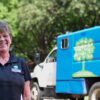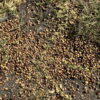Spider Mites
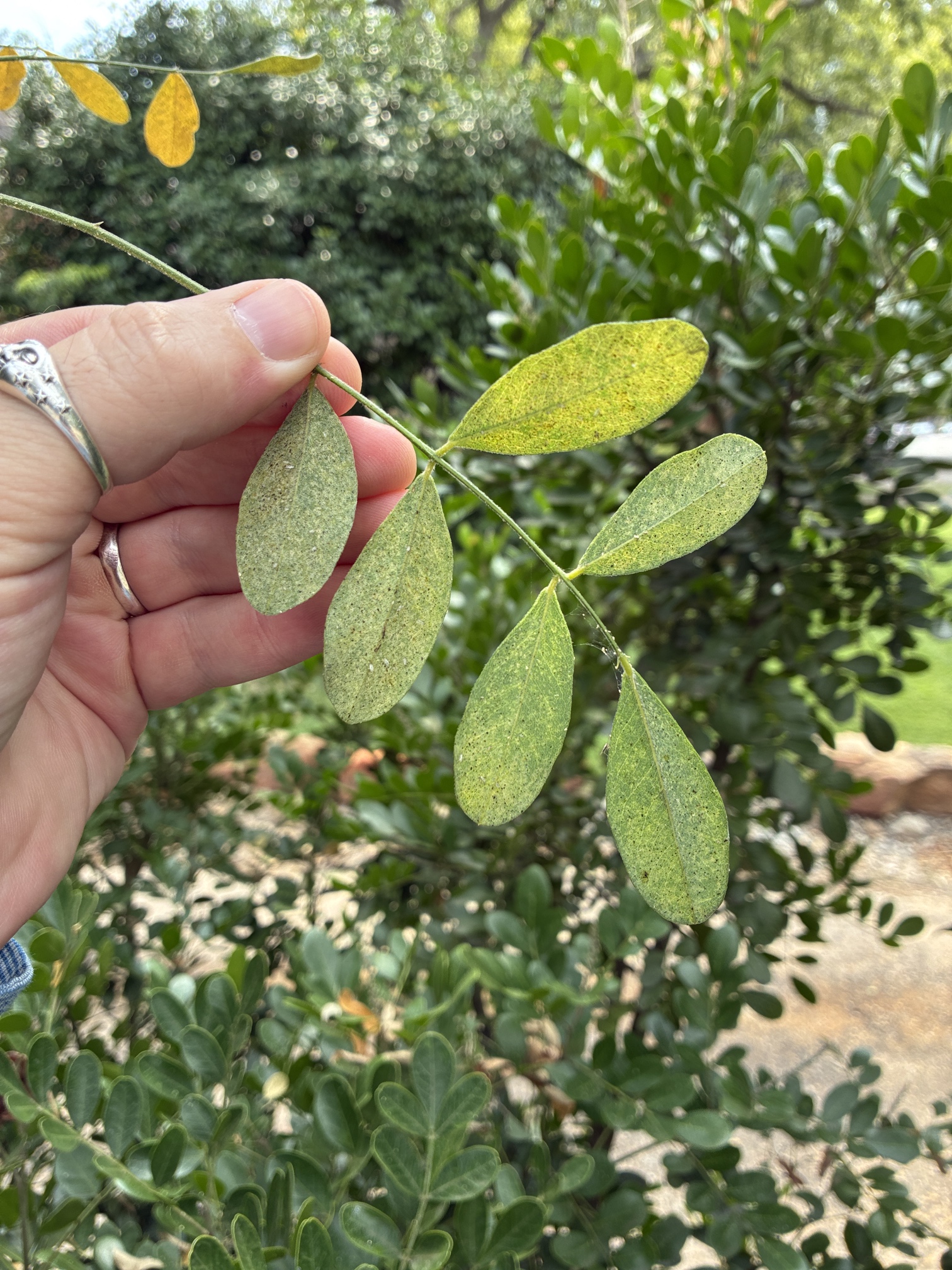
Spider mites may be small, but they can have a huge effect on the health of trees. These tiny arachnid pests are common on urban trees in North Texas, affecting both evergreens (like cedar and cypress) and broadleaf trees (such as oaks, elms, and maples). They thrive in hot, dry, dusty conditions, especially during summer, and reproduce rapidly—completing a generation in less than a week under ideal conditions. These mites cause leaf stippling, bronzing, webbing, and premature leaf drop, weakening trees over time. They overwinter as eggs or adults and become active in spring, with populations peaking from May to September.
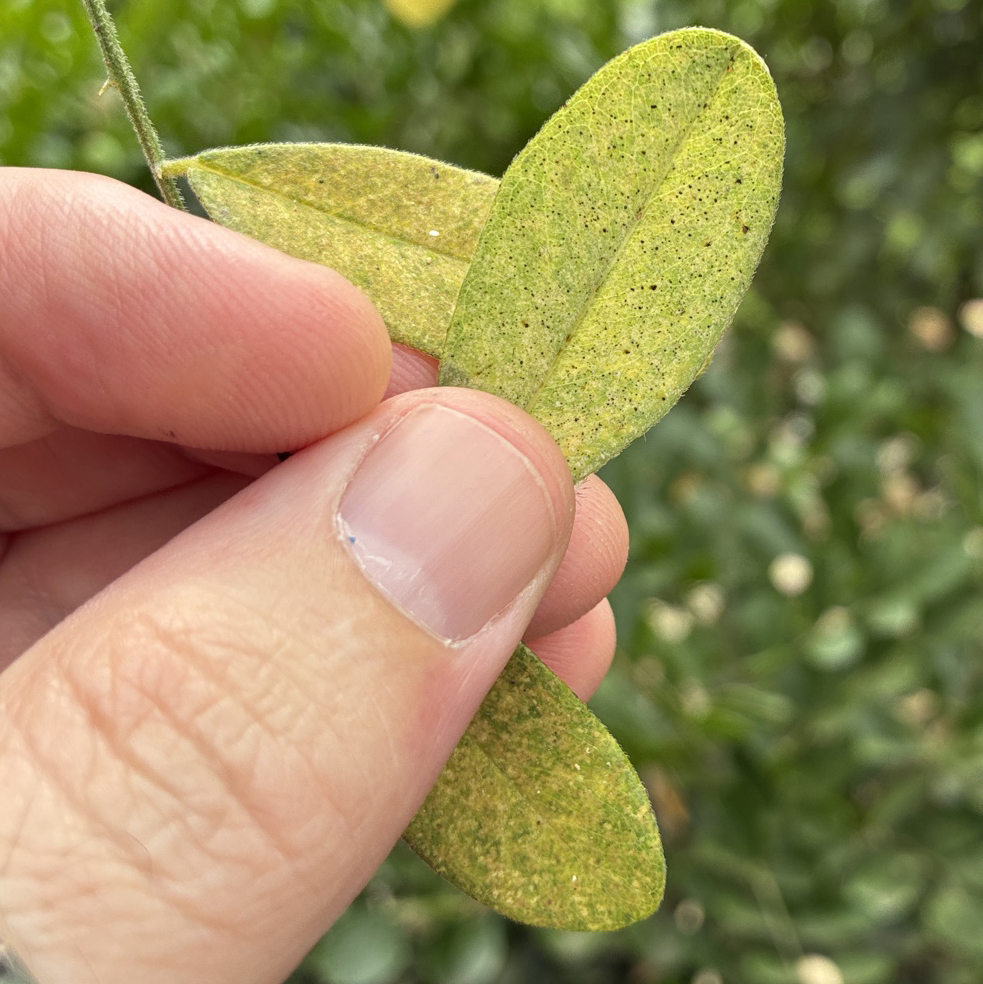
Spider Mite Red Flags
- Webbing on leaves
- Defoliation
- Browning leaves
What Are Spider Mites?
Spider mites are tiny arachnids that belong to the Tetranychidae family. Measuring less than a millimeter in size, these pests are barely visible to the naked eye. Despite their small stature, they can cause a considerable amount of damage to trees.
Generally found in groups, they thrive in hot, dry weather conditions and can reproduce rapidly, leading to large infestations in a short amount of time. Their distinct characteristic, web-spinning, can give leaves a dusty or dirty appearance. This webbing is not just a way for them to protect themselves; it serves as a deterrent to predators and as a mechanism to keep themselves anchored to the plant.
Depending on the species, spider mites vary in color, ranging from red to yellow. The two-spotted spider mite is one of the most common types and can be identified by the two dark spots on its back. A fascinating fact is that these mites are not insects but arachnids, like spiders and ticks. As their numbers grow, they can significantly weaken the host plant. Understanding what spider mites are and their life cycle is key to effectively managing their presence on trees. By delving into their biology and behavior, we can devise practical strategies to control them.
How a Texas Tree Surgeons ISA Certified Arborist Diagnosis Spider Mites
One of the most visible indicators is the presence of fine silk-like webbing on leaves, particularly on the underside. This webbing, although sometimes confused with natural webs, will be more prevalent if there is an increased mite population. Examining the leaves for speckles or bronzing can hint at mite activity, as these marks are the result of the mites’ sap-sucking habits. Regularly shaking leaves over a piece of white paper can also reveal the presence of mites; they will appear as tiny moving specs.
Using a magnifying glass is another helpful tool in spotting these tiny pests. This can allow you to see the mites themselves, which often appear as walking dots moving briskly across the leaf surface. Additionally, closely monitoring your tree’s general health can also serve as a guide. A sudden increase in leaf drop or a noticeable reduction in growth vigor may warrant a closer inspection for spider mites.
How Texas Tree Surgeons Treats / Manages Spider Mites
At Texas Tree Surgeons we offer a Spider Mite Management Plan. Timing is essential. Because these insects prefer hot and dry conditions we treat them during July-August. These insects typically require weekly applications to reduce their numbers and reduce the harm they cause. This also allows our techs to monitor your plants for progress.
What can Homeowners do to Help Their Trees with Spider Mites?
Proper tree care begins with ensuring adequate watering, especially during dry spells which can stress trees and make them more vulnerable to infestation. Regular fertilization also boosts the plant’s natural defenses. While pruning is crucial as it improves air circulation and light penetration, making conditions less favorable for mites.
Additionally, frequent inspections are vital. By regularly examining the undersides of leaves and tracking tree health, you can spot signs of spider mite activity early on.
If spider mites are already present a strong jet of water can dislodge mites physically, significantly reducing their numbers and disturbing their lifecycle. This method is particularly effective for smaller trees that can withstand the force. Another popular option is neem oil, a natural substance derived from the seeds of the neem tree. Neem oil disrupts the feeding, molting, and reproductive phases of mites, providing a thorough approach to mitigation.
Insecticidal soap is another age-old method that is safe for the environment yet destructive to spider mites. These soaps work by breaking down the outer layers of the mites, leading to their dehydration and eventual death. However, it’s vital to cover all plant surfaces thoroughly for this method to be effective. Regular application every seven to ten days is recommended to keep the mites in check. Engaging with these home remedies requires consistency and diligence but yields results that can lead to healthier, mite-free trees.
What will Happen to my Tree with Spider Mites?
Spider mites affect tree health by draining essential nutrients from the leaves. Their feeding process involves piercing the leaf tissue and sucking out the cell contents. This causes the leaves to become discolored, appearing as stippled or speckled, which can reduce the tree’s ability to photosynthesize effectively. Without sufficient photosynthesis, the tree struggles to produce the energy it needs to grow and sustain itself. As a result, the tree becomes weakened and can exhibit stunted growth. This vulnerability further opens the door for other pests and diseases to invade and make the condition of the tree even worse.
Moreover, prolonged feeding by spider mites can lead to significant leaf drop, which affects the overall structure and stability of the tree. During severe infestations, entire branches might shed their leaves prematurely, diminishing the tree’s aesthetic appeal as well as its health. This continuous stress on the tree, particularly during key growth periods, can hasten its decline. To exacerbate the problem, spider mite infestations often go unnoticed until considerable damage is done because the symptoms are sometimes mistaken for environmental stressors or nutrient deficiencies.
What Species are Texas Tree Surgeons Arborists Seeing this Effect?
- Cedar
- Cypress
- Oaks
- Elms
- Maples
- Texas Mountain Laurel

At Texas Tree Surgeons we love trees. If you are concerned about the health of your tree schedule a consultation with a Texas Tree Surgeons Certified Arborist today. Let’s build a long-term care plan to keep your trees strong, beautiful, and pest-free.
Tree Health Care
View Photos of our ISA Certified Arborists & Tree Health Care Technicians Providing Consultation and Care

PREVENTATIVE EAB TREATMENT
If there is EAB activity within a few miles of where you live or property you manage we recommend preventative systemic insecticide treatment applied by a licensed TDA tree health care technician. EAB treatment lasts for 2 years and must be applied regularly to protect ash trees from infection.

OAK WILT TREATMENT
As oak wilt is a systemic, vascular disease, the most effective treatments consist of injecting the infected trees with a fungicidal chemical. The only currently recommended fungicide is Alamo®, a formulation of the fungicide propiconazole. The fungicide is administered through holes drilled in the root flare of the infected tree and should only be applied by Texas Department of Agriculture Licensed Applicators.

STRESSED MAGNOLIA | AFTER
This after photo was taken June 27, 2024 of a magnolia tree after receiving multiple interventions to improve its health. In addition to a tree health care plan of a deep root fertilization with Biopack plus and Sea3 applied by our TDA licensed technician the owner also fixed the irrigation and cleared the root flare. The difference in health is beautiful.

FERTILIZATION
Our Tree Health Care Programs are designed to deliver the right nutrients at the right times throughout the year. We use the highest quality soil conditioners and fertilizers that are delivered at critical points throughout the seasons to optimize the growth and health of trees.

DEEP ROOT INJECTION SERVICES
At Texas Tree Surgeons our deep root injection services provides fertilization deep into the soil. Our unique mixtures combine macro- and micro-nutrients, root growth stimulators, soil conditioners, beneficial biotics (both mycorrhizal fungi and rhizobacteria), and organic materials to cultivate the optimum natural growth environment.

ROOT PRUNING POST AIR SPADING
To correct this improperly planted tree our Tree Health Care Technicians air spade to expose the root flare and to prune away girdling roots. You can learn more about how to properly plant a tree here.

GIRDLING ROOTS
This tree was planted too deep and has several girdling roots (roots that circle the tree and do no flare out) that left unmanaged would eventually kill the tree. After air spading our Tree Health Care Technicians are pruning the roots and adjusting the soil around the tree to expose the root flare to improve tree health.

INSPECTING FOR POSSIBLE DECAY
Sometimes issues with a tree aren't clearly visible on the outside so an arborist will need to inspect the interior. An arborist does this by probing with a small knife to see how extensive the decay in a region of a tree is. Arborists are able to use this information along with other signs to determine if there are potential structural issues or possible increased chances for failure.

MEASURING DBH
The best way to approximate the size of a tree is to measure their dbh, (diameter, breast, height). This enables our arborists to estimate the amount needed for Tree Health Care products or pricing for Tree Removal.
Related Blogs
Similar blogs related to this topic

Top 10 Things We'd Tell You as an Arborist if We Weren't Afraid of Hurting Your Feelings
This is a list of tree care worst practices that you, or someone you know may be guilty of. Read the following list at your own risk. You’ve been warned, feelings may get hurt. 1.…
Read more
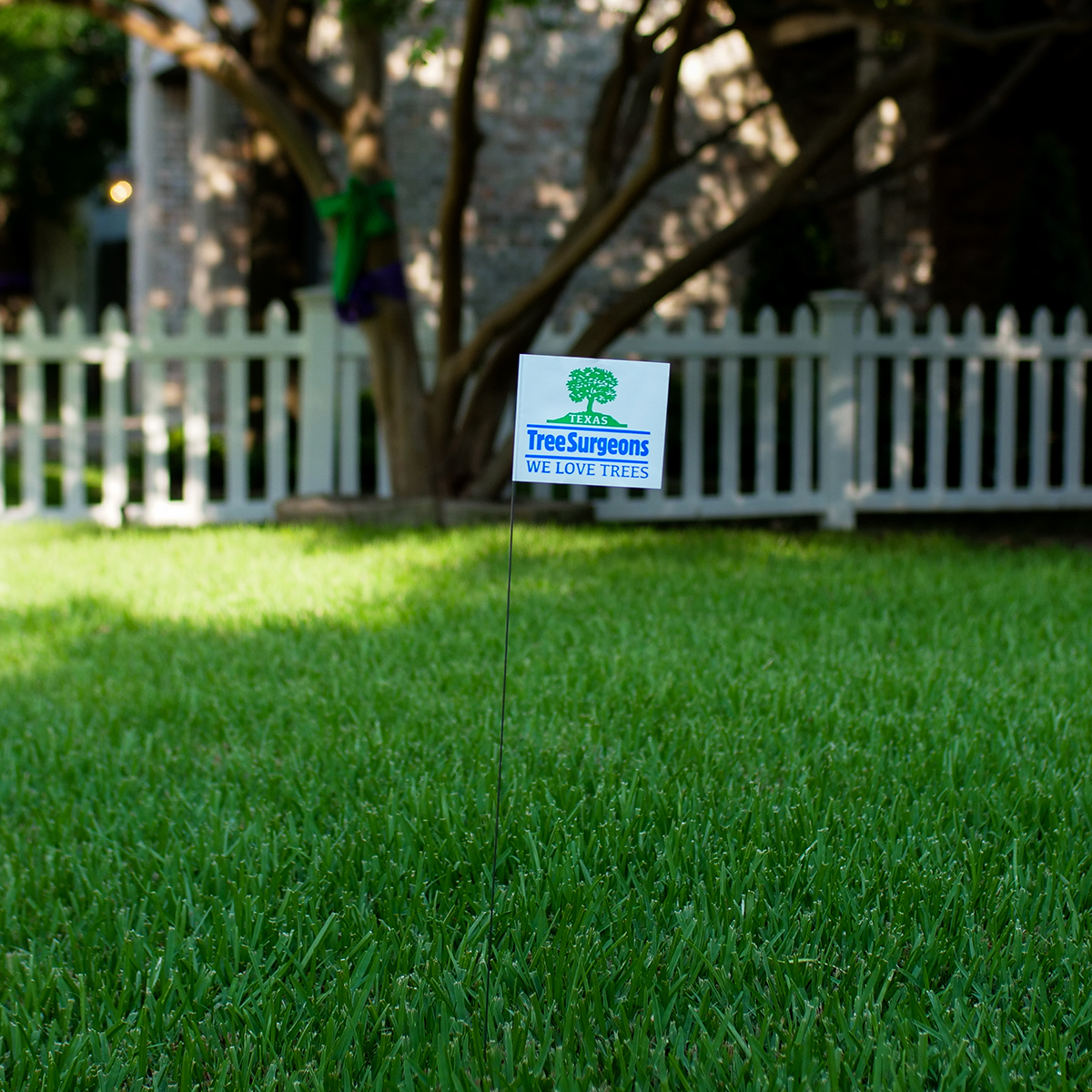
Avoid These Tree Care Mistakes for a Healthy Landscape
Below is a list of overlooked mistakes that could jeopardize the health of your trees. From missteps in pruning to incorrect watering practices, discover how to give your trees the care they deserve. Red oak…
Read more
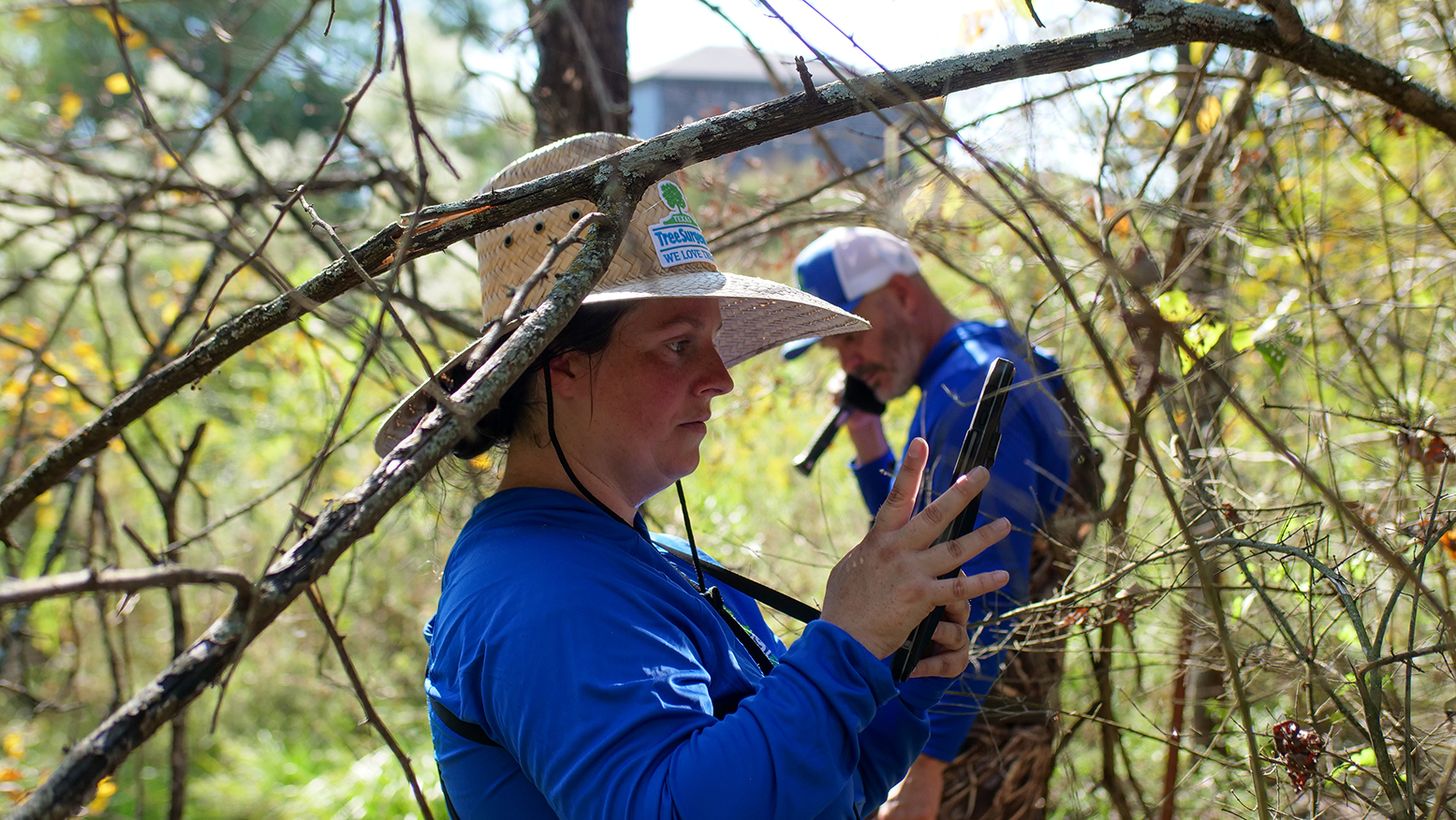
Why do Arborists Recommend Soil Sampling in Urban Areas like Dallas?
Soil sampling is a crucial practice in urban areas like Dallas. It helps arborists make informed decisions about your landscape to ensure a healthy urban ecosystem. Our native soils vary widely—from the dense clays of…
Read more